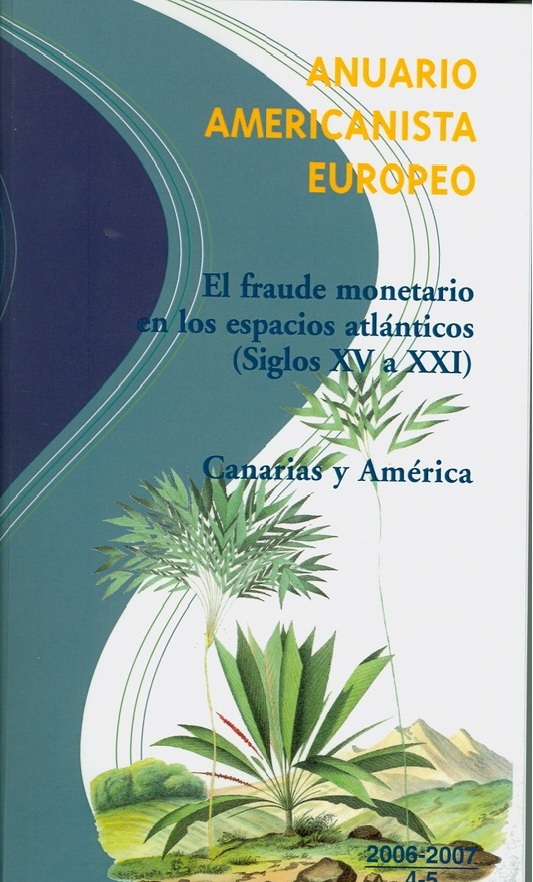Fixing the territory, a turning point: The paradoxes of the Wichí maps of the Argentine Chaco
Résumé
Indigenous mapping is a powerful political tool for long‐marginalized populations to create visibility and establish land claims. In the case of Argentina, a country that was built on a denial of the presence of Indigenous peoples in the national territory, the emergence of these maps stemming from participatory processes coincided with the recognition of these communities' territorial rights in 1994. However, this mapping of Indigenous territories freezes extremely dynamic and complex socio‐spatial realities just as it inflects their representations. In this paper, I reassess the weight and the role that Indigenous cartographic representations play in the evolution of these populations' spatial capital. Paradoxically, they give rise to more contradictions than they clarify. These paradoxes demonstrate the varied relationships different generations maintain with their territory, just as they concern its structure and its cartographic form. Therefore, based on the case of the Wichí of the Argentinian Chaco, this paper contributes to the understanding of contemporary issues of indigeneity by adopting a critical approach to Indigenous cartography. Whereas in Argentina cartographic knowledge is undergoing a process of decolonization, this does not apply to the legal system or to society as a whole.
| Origine | Fichiers produits par l'(les) auteur(s) |
|---|

